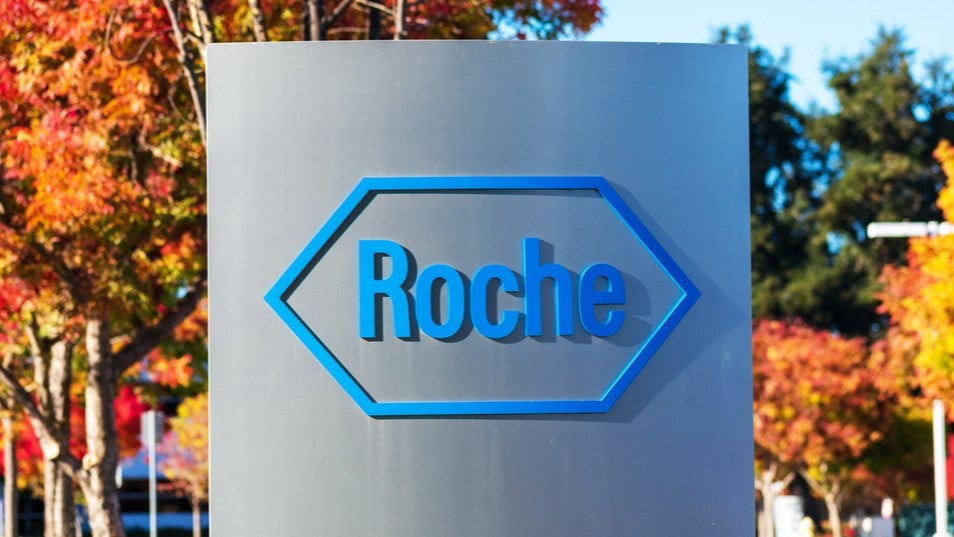The wound care management market comprises of dressings, equipment and other aids to prevent and treat wounds and quicken or promote wound healing. Tissue sealants serve primarily as a physical barrier to prevent leakage of fluid and/or gas from a surgical incision. Tissue adhesives consist of polymers that form a thin protective film and create a strong adherent bond to hold the edges of wounds on the skin. GlobalData uses proprietary data and analytics to provide a comprehensive report on the tissue sealants and adhesives market in Italy. Buy the latest report here.
In 2022, GlobalData’s Market Model methodology determined that the leading player in the tissue sealants and adhesives market in Italy was B. Braun Melsungen followed by Baxter International, Cardinal Health, CR Bard, CryoLife Europa, Derma Sciences and Ethicon.
Understanding market size can be crucial to evaluate opportunities and make informed decisions about market entry and exit. Medical device companies can identify attractive segments in respective markets as well as develop marketing strategies based on forecasts for those segments.
Tissue sealants can be used to hold the flaps of internal organs together, to seal the blood vessels in case of injury/surgery or as an adjunct with hemostatic agents. These products are used to seal tissue and prevent leaks (blood, CSF, air, bile). They take the form of liquid sealant, patch embedded with a sealant agent, or flowable paste. Tissue sealants based on their composition can be classified as either synthetic or non-synthetic tissue sealants. The volume of tissue sealant used per procedure varies depending on the type of procedure and formulation. Tissue sealants may be sold in a kit consisting of a delivery device and an activating agent such as thrombin. These delivery devices and activating agents are not tracked under this segment. Tissue Adhesives allow for proper healing of the wound under the film and protects the wound from microbial infections. Tissue adhesives based on their composition can be classified as cyanoacrylate-based tissue adhesives and other cross-linkable polymer-based tissue adhesives. The volume of tissue adhesive used per procedure varies depending on the type of procedure and formulation.
The tissue sealants and adhesives market in Italy can expand or contract due to a variety of reasons including population demographics, disease incidence and prevalence, macroeconomic issues, and geopolitical considerations. Disruption to a market could be caused by a sudden, unexpected change in these factors, but it could also be driven by changes in clinical practice, leading to a change in diagnosis or treatment of patients, as part of a process to generally improve medical practice.
For the latest analysis of the market size tissue sealants and adhesives in Italy, buy the report here.
Data Insights
From

The gold standard of business intelligence.
Blending expert knowledge with cutting-edge technology, GlobalData’s unrivalled proprietary data will enable you to decode what’s happening in your market. You can make better informed decisions and gain a future-proof advantage over your competitors.







